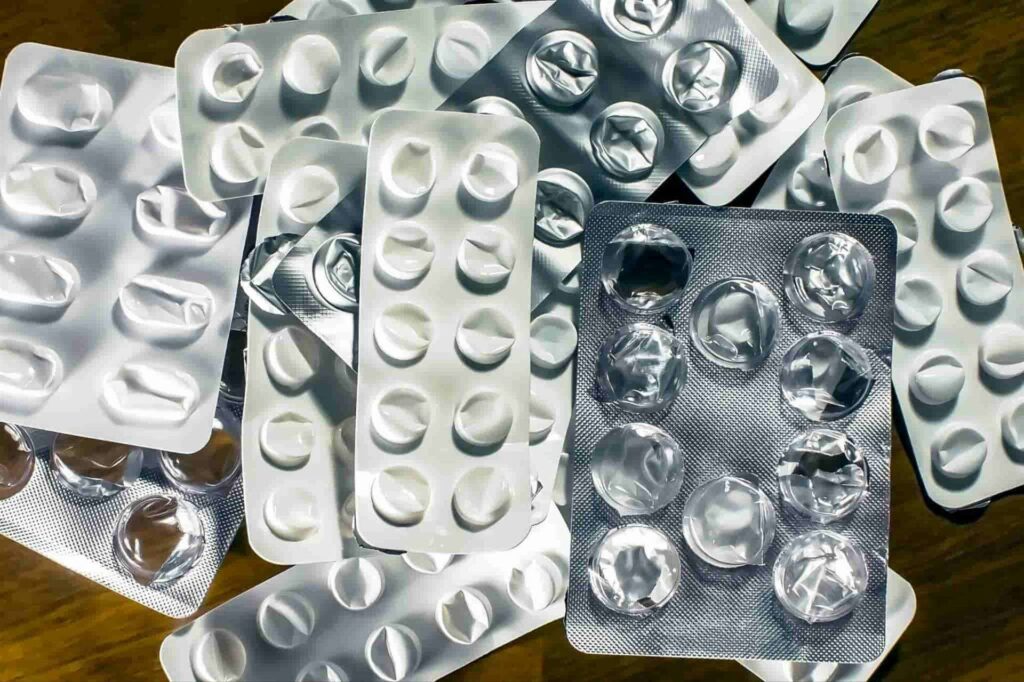Image source: https://www.ipharmachine.com/blister-packaging-process
Nowadays, food security is lacking, and the environment has become unsafe, resulting in many unhealthy individuals worldwide. A recent study published by The Lancet in 2022 revealed that over 1 billion people globally are grappling with obesity, a complex chronic disease. (1) Excess weight, particularly obesity, adversely affects nearly every facet of health, from reproductive and respiratory functions to memory and mood. Moreover, obesity amplifies the risk of debilitating and fatal conditions such as diabetes, heart disease, and certain cancers. (2)
Personally, I contend with diabetes and hypertension, and I’ve recently overcome Stage 2 ovarian cancer, undergoing a five-month recovery period. As a consequence of my health challenges, I rely on a multitude of medications daily. I’ve noticed the sheer volume of medication packages accumulated over time. Though individually small, the collective waste generated by billions of people globally is staggering. Annually, the pharmaceutical sector produces more than 300 million tons of plastic waste, with half of this amount intended for one-time use. (3) This issue prompts a closer examination of the materials utilized in pharmaceutical packaging.
Pharmaceutical packaging serves a crucial role in safeguarding sensitive and tightly regulated products during transportation. Its primary function is to shield the contents from physical harm while ensuring no alterations occur in their chemical composition. These packages encompass primary, secondary, and tertiary layers constructed from materials such as plastics, aluminum foil, glass, paper, and wood. (4) However, post-consumption, much of this packaging ends up in landfills or incinerators rather than being recycled. For example, blister packs, which are commonly used for medications, are made from a blend of plastics and aluminum foil, making them difficult to separate and recycle efficiently. Due to these environmental concerns, pharmaceutical manufacturers should be actively researching and experimenting with alternative materials for medication packaging. The goal is to find materials that not only provide the necessary protection during transportation but also can be easily recycled or are biodegradable, thereby reducing the post-use environmental impact of pharmaceutical packaging.
By: Moe Thazin Shwe, SOLEN Research Associate – IPC panel member
Edited by: Hendra WINASTU, SOLEN Principal Associate – IPC panel coordinator
Date: 13 May 2024
Article#: SOLEN-IPC-0035
References
1. One in eight people are now living with obesity (who.int)
2. Health Risks | Obesity Prevention Source | Harvard T.H. Chan School of Public Health
3. Understanding the environmental impact of the pharmaceutical industry (pharmanewsintel.com)
4. Pharmaceutical Packaging Types & Benefits (updated 2023) (swiftpak.co.uk)



 Tiếng Việt
Tiếng Việt 日本語
日本語